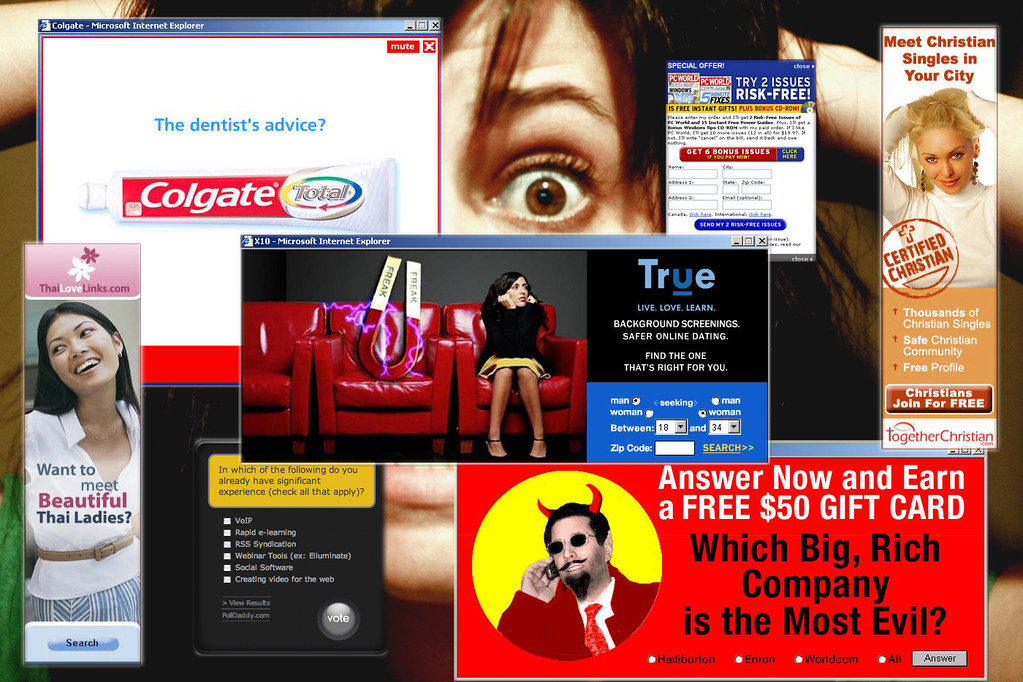A shadowy ecosystem of websites has emerged, designed not to serve users but to exploit advertising revenue streams.
Known as “made-for-advertising” (MFA) or “made for arbitrage” sites, these platforms prioritize the display of advertisements above all else, often at the expense of user experience, content quality, and even basic ethical standards.
While MFA sites are typically recognizable by their spammy domain names and low-quality content, the recent scandal involving Forbes magazine has exposed a more insidious breed of hidden MFA operations, raising alarm bells across the industry and prompting calls for greater transparency and accountability.

What is a Made For Advertising (MFA) Websites
MFA websites are built with one primary purpose: to generate as many ad impressions as possible.
They achieve this by repurposing content from other sources and presenting it in formats designed to maximize ad exposure, such as listicles, slideshows, or endless scroll pages.
Visitors to these sites are bombarded with hundreds, sometimes even thousands, of auto-refreshing ad impressions per page view.
The content on MFA sites is often of questionable quality, plagiarized, or scraped from legitimate sources without permission.
Roughly 70% of readers access the MFA site primarily via display ads from other sites – many of these clickbaity ads are placed by content recommendation services like Outbrain and Taboola.
The user experience is secondary to the relentless barrage of advertisements, which can include intrusive pop-ups, auto-play videos, and other disruptive formats.
While MFA sites have long been a challenge for the digital advertising industry for a while, the topic is still to be defined : How do we define too much ads on a page? When does the consumer experience damaged?
MFA is a perception, or is their quantitative recognized metrics to measure it?
While all these challenges still need to be addresed, the Hidden MFA raises additional questions.

The Hidden Made For Advertising (MFA) Scandal
In March 2023, ad quality firm Adalytics dropped a bombshell report accusing Forbes, the renowned business magazine, of operating a secret subdomain, www3.forbes.com, as an MFA site.
According to the report, this subdomain had been active since at least 2017, repurposing Forbes articles into ad-guzzling slideshows and exposing visitors to over 200 ads per page view – a stark contrast to the 3-10 ads typically encountered on the main Forbes.com domain.
What made this scheme particularly egregious was the way bid requests for the www3.forbes.com subdomain were often misrepresented to ad exchanges as originating from the main forbes.com URL.
This deception meant that even advertisers who had explicitly blocked the subdomain were still having their ads served on the MFA site, unknowingly paying premium prices for low-quality inventory.
The Adalytics report estimated that hundreds of major brands, including Microsoft, Disney, JPMorgan Chase and Johnson & Johnson, had fallen victim to this scheme, thinking they were buying legitimate ad space on Forbes.com when they were actually being served on the MFA subdomain.

The Fallout and Industry Response to Made For Advertising (MFA)
In the wake of the Adalytics report, Forbes swiftly shut down the www3.forbes.com subdomain, claiming it represented only 1% of their overall user base.
Forbes attributed the URL mislabeling to an “unintentional error” by their ad tech partner, Media.net, which handled their programmatic bidding using a modified version of Prebid’s open-source code.
However, many in the industry remain skeptical of this explanation, with some accusing Forbes and Media.net of intentional domain spoofing and fraud.
The scandal has also shone a harsh light on the apparent failings of ad verification and fraud detection tools, which failed to catch the mislabeled inventory despite being employed by Forbes and its advertisers.
The Media Rating Council (MRC), the industry’s independent auditing body, has opened an investigation into its accredited verification vendors, including industry giants like DoubleVerify, Integral Ad Science, and Oracle’s Moat.
Some industry experts have suggested that the incident exposes fundamental flaws in the ad tech ecosystem, where programmatic transactions rely heavily on manual input and self-reported data from publishers and ad tech vendors. This creates ample opportunities for obfuscation and deception.
Broader Implications and the Fight Against Ad Fraud and Made For Advertising (MFA)
This scandal is just the latest high-profile example of the ad industry’s ongoing struggle with MFA sites and ad fraud. According to the Association of National Advertisers (ANA), a staggering 21% of all ad impressions in the United States last year were served on MFA sites, representing nearly $10 billion in misallocated ad spend.
While the industry has taken steps to combat ad fraud and low-quality inventory, such as the implementation of the Trustworthy Accountability Group (TAG) certification program and the development of ad verification tools, the Forbes case highlights the limitations of these measures and the need for more robust solutions.
One proposed solution is for the IAB Tech Lab to add a field to the OpenRTB specification, requiring publishers to declare the traffic source for all ad impressions in bid requests. This would theoretically allow advertisers to filter out and avoid bidding on paid traffic or other sources associated with MFA sites.
However, some industry experts argue that such a measure would only be effective if accompanied by rigorous enforcement and oversight, as publishers and ad tech vendors could still potentially misrepresent or obfuscate traffic sources for their own gain.
Another proposed solution is to shift the industry’s focus towards more direct, transparent relationships between advertisers and publishers, bypassing the complex ad tech supply chain that enables the proliferation of MFA sites and ad fraud. This approach, advocated by organizations like the ANA, aims to reduce the number of intermediaries involved in ad transactions, increasing transparency and accountability.

A Wake-Up Call for the Ad Industry
The hidden MFA scandal has sent shockwaves through the digital advertising industry, serving as a stark reminder of the often-murky practices that can lurk beneath the surface of even the most reputable publishers and ad tech vendors.
While the full extent of the fallout remains to be seen, the incident has already prompted soul-searching and calls for reform within the industry. As regulatory scrutiny and public pressure mount, the ad tech ecosystem will likely face increasing demands for greater transparency, accountability, and ethical business practices.
For advertisers, the Forbes scandal underscores the importance of vigilance and due diligence when it comes to media buying and ad verification. No longer can they rely solely on brand recognition or industry accreditations; a more proactive approach to monitoring ad placements and traffic sources is necessary to safeguard their ad investments.
Ultimately, the hidden MFA scandal may prove to be a much-needed wake-up call for the digital advertising industry – a catalyst for long-overdue changes that prioritize quality, transparency, and a better overall user experience.
Only by addressing these deep-rooted issues head-on can the industry hope to restore trust and credibility with both advertisers and consumers alike.



